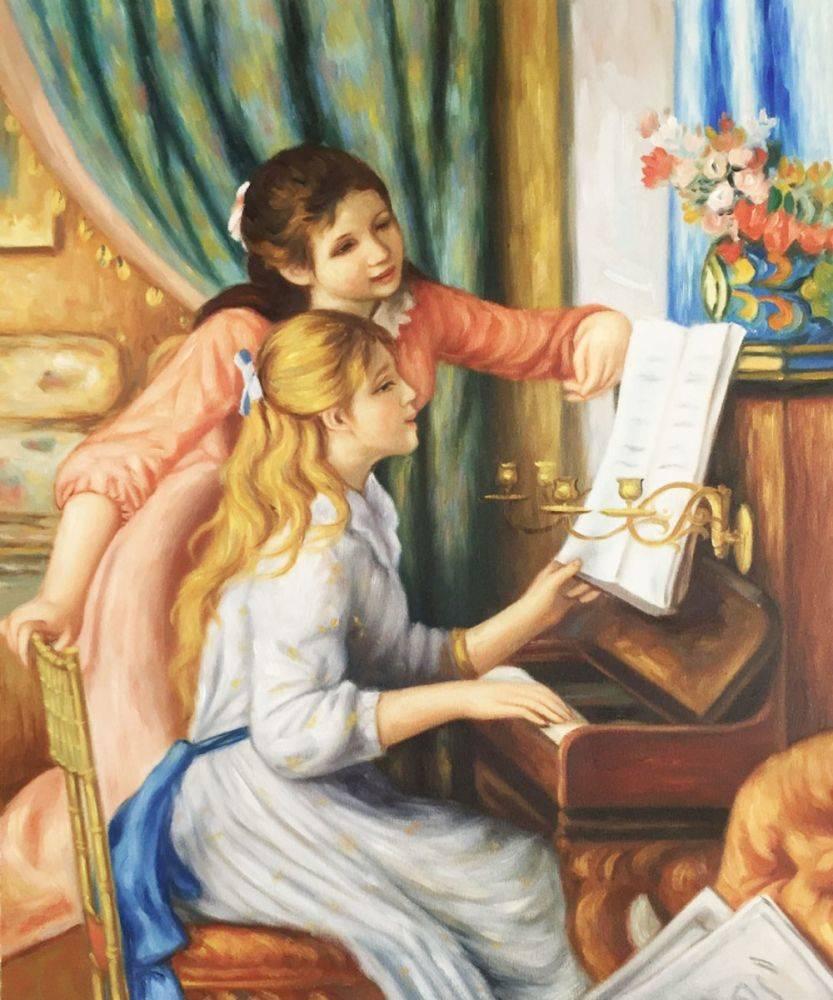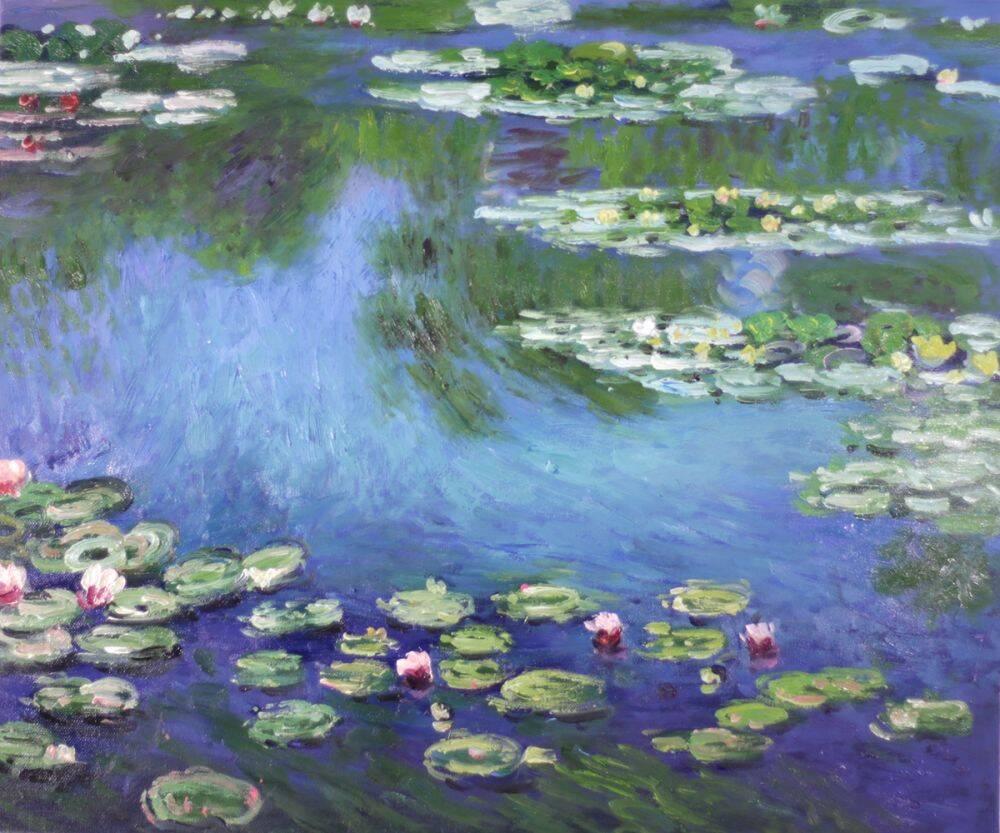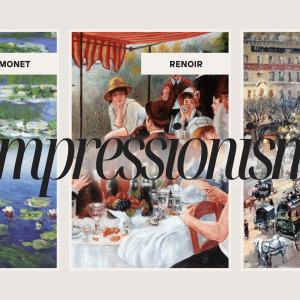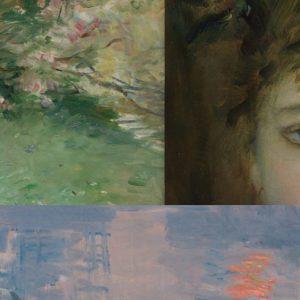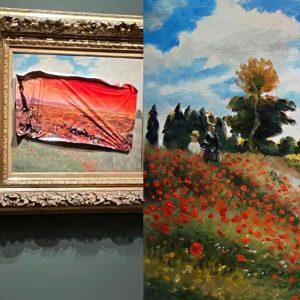Art
The Story Behind Claude Monet’s Haystacks
Most of us remember Claude Monet for his paintings of waterlilies and of his garden at Giverny, France. However, Monet also rendered dazzling snowscapes which have their own story. One of the most iconic of these paintings is the Wheat, Snow Morning (1890) from his “Haystacks” series.
Claude Monet’s “Haystacks” captured color and light throughout the seasons, from spring to winter, at different points in time, in various types of weather. The haystacks were also located just outside Monet’s door at Giverny. Many scholars will state that the series shows the prosperity and glory of the countryside, as well as Monet, being the first painter to undertake a large body of work showcasing one subject within various times and conditions.
The series contains about thirty paintings that Monet rendered beginning in the summer of 1890, continuing to the following spring, featuring that year’s harvest. He became intrigued by the haystacks during a walk, imploring his stepdaughter to bring him two blank canvases promptly. Although a master Impressionist, he struggled to perfect the transience of light, rising as early as 3:30 AM to begin one of the paintings. He had chosen near dawn to paint as the progression of light is not so nuanced. Monet would paint into the evening, working on as many as ten to twelve canvases in one day.
In each of his paintings, he observed the progression of a varied spectrum of colors that the grain of the haystacks absorbed across the day into the evening, through the seasons and their resulting weather. Though Monet was generally a perfectionist, he did not discard many of these works. When fifteen of the works were exhibited by Durand-Ruel in 1891, they were a success, and within days the works sold. Scholars and fellow painters applauded the series. The modernly proclaimed Father of Impressionism—Camille Pissaro—stated “These canvases breathe contentment,” furthering the exaltation of the countryside within Impressionism.
The estimated thirty paintings are kept by private collectors and exhibited across the world. Six of the haystack pieces in this series are currently located at the Art Institute of Chicago in Illinois. Two paintings are kept at the Museum of Fine Arts in Boston, Massachusetts. Of course, the largest collections of Monet’s work are held at the Musée d’Orsay and the Musée Marmottan Monet in Paris, France. Aside from Monet’s waterlilies, his “Haystacks” series is also treasured among his works rendered of Giverny.
